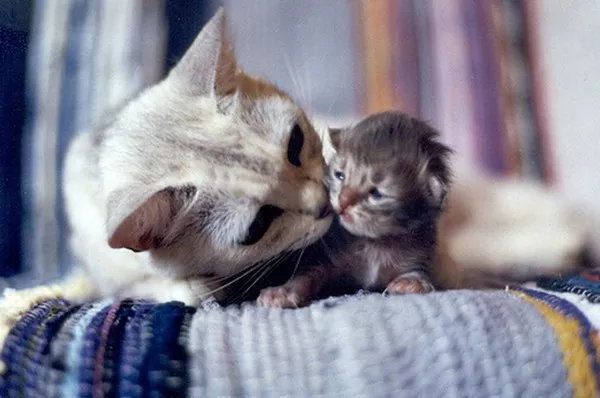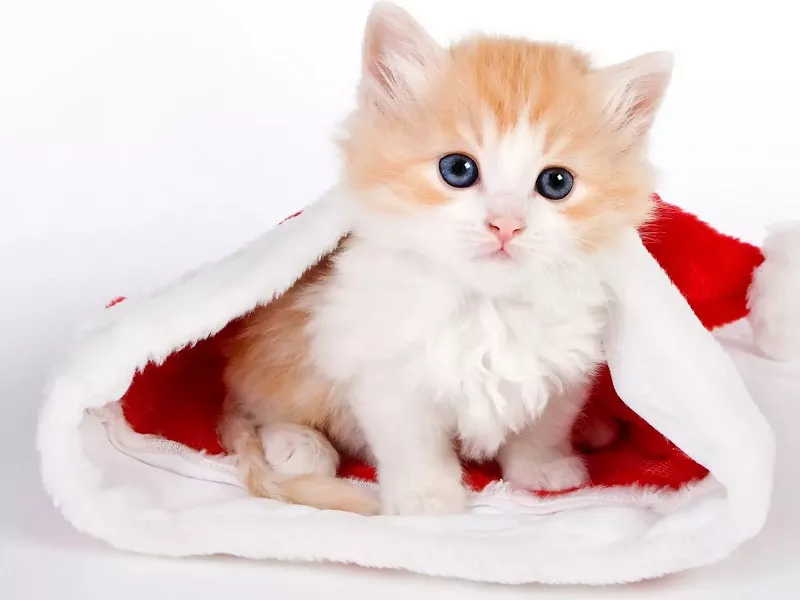Welcoming a new kitten into your home is an exciting and rewarding experience. As a responsible pet owner, it’s important to provide your kitten with proper nutrition to support their growth and development. When it comes to feeding young kittens, questions often arise about the appropriate time to introduce wet food into their diet. In this article, we will explore whether a 2-week-old kitten can eat wet food, the benefits of wet food for kittens, and how to safely transition them to solid foods.
Understanding a Kitten’s Nutritional Needs
During the first few weeks of life, kittens rely solely on their mother’s milk for nourishment. This milk, known as colostrum, is rich in antibodies and essential nutrients that provide the kitten with immune support and vital growth factors. However, as the kitten grows, their nutritional needs change, and they require additional sources of nourishment.
Introducing Wet Food to a 2-Week-Old Kitten
At around 2 weeks of age, kittens begin to show signs of curiosity and may start to explore their surroundings. This is also a suitable time to introduce wet food into their diet alongside their mother’s milk. However, it’s important to note that while some kittens may show interest in wet food at this stage, others may take a bit longer to develop an appetite for solid foods. Each kitten is unique, and their readiness to eat wet food may vary.
The Benefits of Wet Food for Kittens
Wet food offers several advantages for young kittens:
- Easy to Eat and Digest:
Wet food has a softer texture and higher moisture content, making it easier for kittens to eat and digest compared to dry kibble. This can be especially beneficial for kittens transitioning from their mother’s milk to solid foods.
- Adequate Hydration:
The high moisture content in wet food helps ensure that kittens remain hydrated. This is particularly important as young kittens have a higher risk of dehydration.
- Nutritional Variety:
Wet kitten food is formulated to provide a balanced mix of nutrients necessary for a kitten’s growth and development. It offers a wider variety of flavors and textures, which can help stimulate the kitten’s appetite and promote healthy eating habits.
- Dental Health:
While kittens may not have all their baby teeth yet, exposing them to wet food can help maintain good oral hygiene by keeping their gums clean and promoting healthy chewing habits.
Transitioning a Kitten to Solid Foods
When introducing wet food to a 2-week-old kitten, it’s essential to do so gradually to prevent gastrointestinal upset. Follow these steps to ensure a smooth transition:
- Start with Small Amounts:
Begin by offering a small amount of wet food on a shallow plate or in a shallow dish. You can mix the wet food with warm water to create a smoother texture that is easier for the kitten to lap up.
- Observe and Monitor:
Watch how the kitten responds to the wet food. Some kittens may take to it immediately, while others may need more time to adjust. Monitor their appetite and overall health to ensure they are tolerating the new food well.
- Gradually Increase Quantity:
As the kitten becomes accustomed to the wet food, gradually increase the amount offered while reducing the frequency of nursing from their mother. This process should occur gradually over a period of several weeks.
- Provide Fresh Water:
Alongside the introduction of wet food, make sure to provide fresh water for the kitten to drink. Clean and change the water regularly to maintain its freshness.
- Consult with a Veterinarian:
It’s always a good idea to consult with a veterinarian who can provide personalized guidance based on the specific needs of your kitten. They can recommend the appropriate brands of wet food and advise on any additional nutritional supplements that may be necessary for your 2-week-old kitten’s development.
Monitoring the Kitten’s Health
Throughout the transition to wet food, it’s essential to closely monitor the kitten’s health and well-being. Look for signs of digestive issues, such as diarrhea or vomiting, and adjust the feeding routine accordingly. Additionally, keep an eye on their weight and growth to ensure they are progressing as expected. Regular veterinary check-ups are crucial during this phase to address any concerns and ensure the kitten’s overall health and development.
Conclusion
Introducing wet food to a 2 week old kitten can be a significant step in their journey towards independent eating. While each kitten may have different preferences and readiness for solid food, the benefits of wet food, including ease of consumption, hydration, and nutritional variety, make it a valuable addition to their diet. By following a gradual transition process and closely monitoring their health, you can help ensure a smooth and successful introduction to solid foods. Remember to consult with a veterinarian for personalized guidance and recommendations tailored to your kitten’s specific needs.
Recommended reading:

























